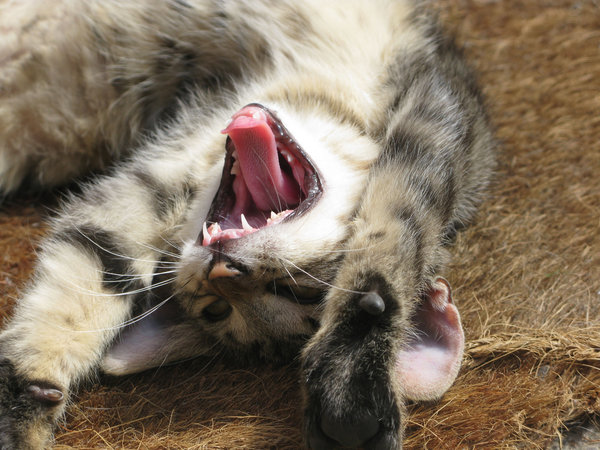Changing Cat Litter: Innovations and Patterns
Changing Cat Litter: Innovations and Patterns
Blog Article

Cat litter and litter boxes play an essential role in the lives of both felines and their owners. From the modest beginnings of sand and soil to the innovative developments these days, the world of cat litter has actually progressed significantly. In this extensive guide, we explore every element of cat litter and litter boxes, exploring their history, types, advantages, obstacles, and whatever in between.
The history of cat litter go back centuries, with ancient civilizations utilizing sand, soil, and even ashes as primitive litter products. Nevertheless, it wasn't till the mid-20th century that modern-day cat litter as we understand it emerged. In 1947, Edward copyright presented the world's very first business cat litter made from absorbent clay, changing the method felines relieved themselves inside. Since then, cat litter has actually gone through many improvements, with the intro of clumping litter, silica gel litter, eco-friendly choices, and more.
Today, cat owners are spoiled for choice when it comes to selecting the ideal litter for their feline buddies. Conventional clay litter remains popular for its affordability and effectiveness in absorbing smells. Clumping litter, which forms strong clumps when wet, simplifies cleaning and upkeep. Silica gel litter, made up of extremely absorbent silica crystals, provides superior odor control and durability. Naturally degradable options, such as recycled paper, wood pellets, corn, and wheat, appeal to ecologically mindful consumers.
Each type of cat litter uses special advantages. Clay litter masters its capability to soak up moisture and control odors, making it a dependable choice for lots of feline owners. Clumping litter simplifies daily scooping and extends the time in between total litter changes. Silica gel litter supplies extraordinary odor control and can last longer between replacements. Eco-friendly litters provide a sustainable alternative that decreases ecological impact.
While cat litter improves indoor feline hygiene, it is not without its obstacles. Dust from clay litter can present respiratory threats for both cats and humans, triggering the appeal of dust-free options. Some cats might develop litter box aversion due to issues with texture, scent, or tidiness, requiring experimentation with various litters and box setups. Multi-cat households might require tactical litter box positioning and frequent upkeep to prevent territorial disagreements and ensure all felines have access to tidy facilities.
Picking the suitable litter box is essential for promoting positive litter box practices and general feline well-being. Elements to consider include size, accessibility, and design choices. Covered litter boxes offer personal privacy and assistance consist of odors, however some felines might find them restricting or intimidating. Open-top litter boxes offer simple access and presence but might lead to more litter scatter. Covered Litter Boxes Automatic self-cleaning litter boxes improve upkeep but need regular tracking and upkeep.
Appropriate litter box maintenance is important for ensuring a clean and welcoming environment for both cats and their owners. Daily scooping gets rid of waste quickly, decreasing odor and dissuading litter box hostility. Routine litter replacement, generally every 1-2 weeks, avoids bacterial accumulation and maintains optimum absorbency. Thorough cleaning with moderate cleaning agent and water, preventing harsh chemicals that may hinder felines from using the box, ought to be carried out monthly.
Cat litter and litter boxes play a main function in fostering a healthy and harmonious relationship in between cat litter box furniture felines and their human buddies. With a diverse range of litter alternatives and litter box styles available, cat owners have the flexibility to tailor their options to match their felines' preferences and household needs. By understanding the development, types, advantages, and obstacles of cat litter and litter boxes, animal owners can supply their feline cat litter friends with a comfortable and hygienic indoor environment.